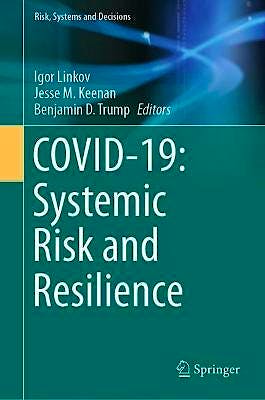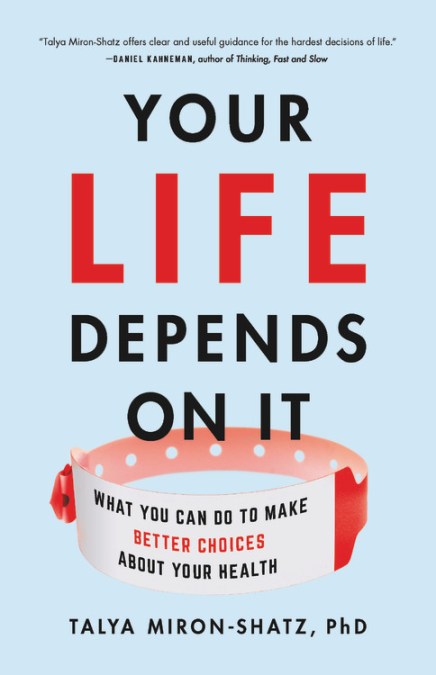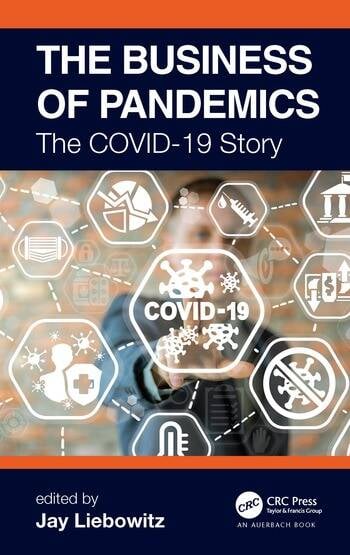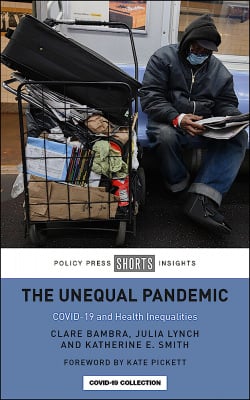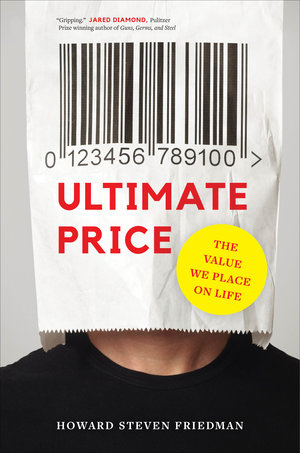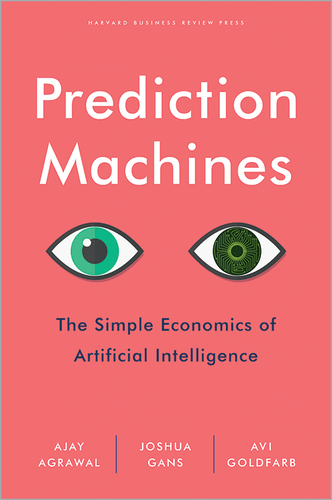Pandemia y crisis: el covid-19 en América Latina
La irrupción del coronavirus (Covid-19) ha provocado una multi-crisis sin precedentes. Sus consecuencias son globales y abarcadoras, aunque tengan particularidades en las diferentes regiones del mundo que la enfrenten en condiciones muy desiguales. Van más allá de un tema de salud debido a las repercusiones tan variadas y complejas. En este volumen se reúnen investigaciones desde las Ciencias Sociales y Humanidades que miden los impactos de la crisis sanitaria y de las medidas gubernamentales en América Latina y el Caribe durante la fase inicial de propagación de la enfermedad. Se analizan diferentes estrategias de políticas públicas y se mira cómo las desigualdades en torno al Covid-19 giran por diferentes lados; grupos específicamente vulnerables y efectos sobre subsistemas relevantes. Además, las investigaciones se enfocan en los discursos que circulan en el espacio público en relación con la crisis sanitaria que a su vez muestra las diferentes voces y posiciones en torno a la pandemia.

